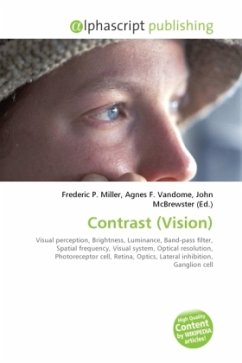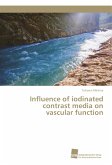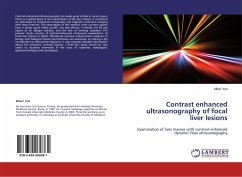Contrast is the difference in visual properties that makes an object (or its representation in an image) distinguishable from other objects and the background. In visual perception of the real world, contrast is determined by the difference in the color and brightness of the object and other objects within the same field of view. Because the human visual system is more sensitive to contrast than absolute luminance, we can perceive the world similarly regardless of the huge changes in illumination over the day or from place to place. The human contrast sensitivity function shows a typical band-pass shape peaking at around 4 cycles per degree with sensitivity dropping off either side of the peak. This tells us that the human visual system is most sensitive in detecting contrast differences occurring at 4 cycles per degree, i.e. at this spatial frequency humans can detect lower contrast differences than at any other spatial frequency.







